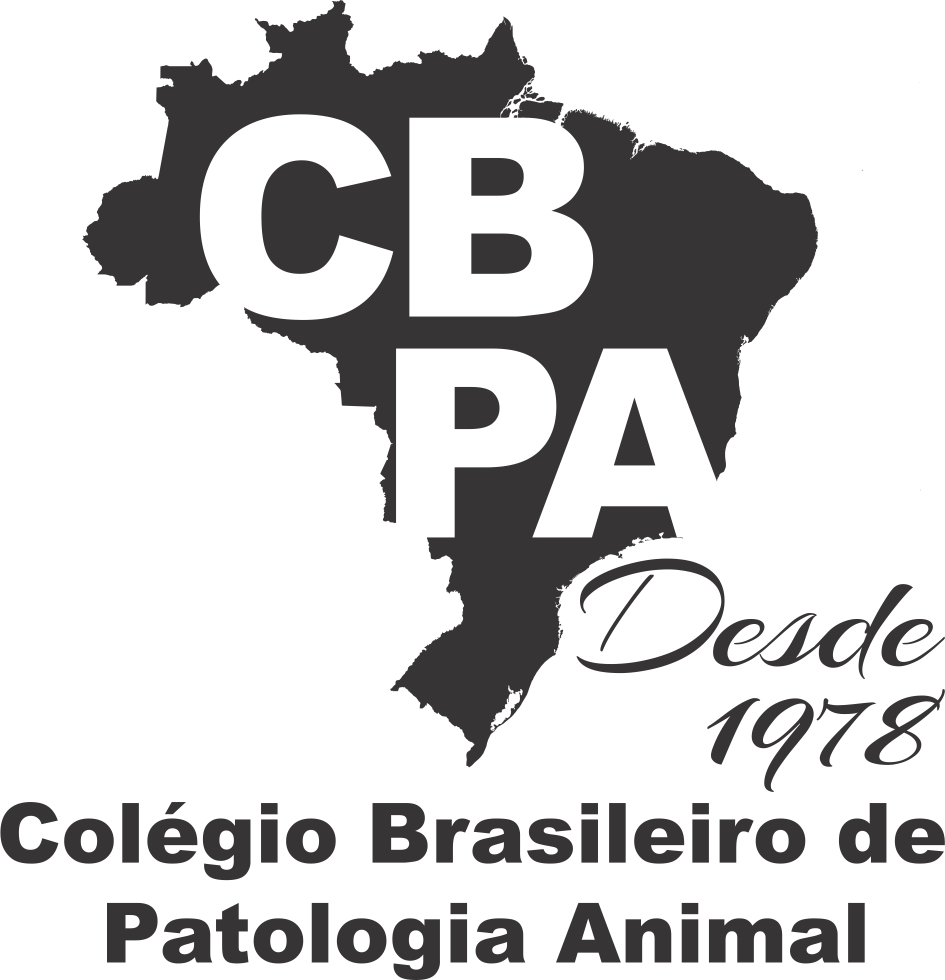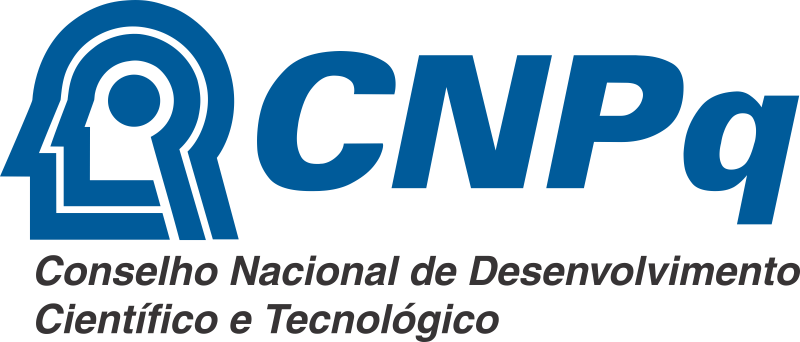Resultado da pesquisa (2)
Termo utilizado na pesquisa Almeida F.A.
#1 - Haematological variables of Santa Ines and Ile de France suckling lambs: Influence of Haemonchus contortus infection
Abstract in English:
Haemonchus contortus is the major gastrointestinal parasite of sheep raised in tropical and subtropical areas worldwide. This trial aimed to evaluate the influence of H. contortus infection on the bone marrow response of Santa Ines (SI) and Ile de France (IF) suckling lambs experimentally infected with H. contortus. Fourteen SI lambs and 12 IF lambs were randomized in four groups: infected SI (n=8), non-infected SI (n=6), infected IF (n=8) and non-infected IF (n=4). Lambs of infected groups were submitted to 27 infections, conducted every two days, from 14 to 68 days of age, and each lamb received a total of 5400 H. contortus infective larvae (L3). Ten blood samples were obtained during the experimental period to be used for erythrocyte and leukocyte counts, packed cell volume and total plasma protein estimation. Additionally, it was carried out a differential leukocyte count. Lambs from control groups did not shed eggs in faeces all over the experiment, while infected Santa Ines and Ile de France lambs presented means of 2963 EPG (Eggs Per Gram of faeces) and 8175 EPG in the last sampling (P<0.05), respectively. Infected Santa Ines lambs had an increase in eosinophil release, however differences (P<0.05) on circulation number in comparison with infected Ile de France lambs were identified only in the last sampling (54 days post first infection). The mild H. cortortus infection did not produce significant changes in the blood variables of the Ile de France and Santa Ines suckling lambs.
Abstract in Portuguese:
Haemonchus contortus é o principal parasita gastrintestinal de ovinos criados em áreas tropicais e subtropicais. Este estudo objetivou avaliar a influência da infecção por H. contortus na resposta medular de cordeiros lactentes das raças Santa Inês (SI) e Ile de France (IF) infectados experimentalmente com H. contortus. Quatorze cordeiros SI e 12 cordeiros IF, foram distribuídos em quatro grupos: SI infectado (n=8), SI não infectado (n=6), IF infectado (n=8) e IF não infectado (n=4). Cordeiros dos grupos infectados foram submetidos a 27 infecções, realizadas a cada dois dias, do 14º até 68º dia de vida, com um total de 5400 larvas infectantes (L3) de H. contortus por animal. Foram realizadas 10 coletas de sangue ao longo do período experimental para determinação do volume globular, proteínas plasmáticas totais, contagem de eritrócitos e leucócitos, além do diferencial de leucócitos. Cordeiros controles não infectados não eliminaram ovos nas fezes durante todo o experimento, enquanto que os cordeiros Santa Ines e Ile de France infectados apresentaram em média 2963 ovos por grama de fezes (OPG) e 8175 OPG na última coleta (P<0,05), respectivamente. Cordeiros Santa Inês infectados tiveram um aumento na produção de eosinófilos, mas diferenças (P<0.05) no número de eosinófilos sanguíneos em comparação a cordeiros Ile de France infectados foram detectadas somente na última coleta (54 dias após a primeira infecção). A infecção leve por H. cortortus não induziu alterações significativas nas variáveis sanguíneas de cordeiros lactentes Ile de France e Santa Inês.
#2 - Analysis of the aqueous extract of Arachis hipoagea L. to reduce dyslipidemia and weight gain in Wistar rats with high fat diet, 36(11):1121-1126
Abstract in English:
ABSTRACT.- Oliveira T.K.B., Almeida F.A.C., Falcão M.P.M.M., Lemos-Jordão A.J.J.M., Ramos K.R.L.P. & Silva J.F. 2016. [Analysis of the aqueous extract of Arachis hipoagea L. to reduce dyslipidemia and weight gain in Wistar rats with high fat diet.] Análise do extrato aquoso de Arachis hipoagea L. no combate à dislipidemia e ao ganho ponderal de ratos Wistar submetidos à dieta hiperlipídica. Pesquisa Veterinária Brasileira 36(11):1121-1126. Programa de Pós-Graduação em Engenharia Agrícola, Universidade Federal de Campina Grande, Av. Aprígio Veloso 882, Campina Grande, PB, Brazil. E-mail: tharcia_kiara@hotmail.com
The aim of this study was to evaluate the effect of Aqueous Extract from Peanut (EAA) in weight, serum biochemistry and liver histology of Wistar rats with normal hearing and a high fat diet. The survey was conducted using 40 male Wistar rats divided into four groups (n=0): GA (high fat diet), GB (fat diet+EAA), GC (normolipídica diet), and GD (normolipídica diet+EAA). After 8 weeks, the rats were euthanized and blood samples were collected to evaluate biochemical data (total cholesterol and its fractions, triglycerides, urea, creatinine, AST, ALT and glucose) and liver fragments for histological analysis. The animals of the GB group had a lower weight gain when compared with GA (XGB versus XGA= p<0.05), but CG and GD did not obtain statistical differences. The rats that received EAA had a reduction in cholesterol levels (XGB= versus XGA= p<0.05 vs. XGA and XGD= p<0.01), triglycerides (=XGB versus XGA and =XGD versus XGA= p<0,001) and more discreetly ALT levels. Blood glucose, urea and creatine remained within the reference values. Liver samples analyzed, the rats of different groups showed no histopathological changes. In conclusion, the EAA had preventive effects on weight gain and dyslipidemia.
Abstract in Portuguese:
RESUMO.- Oliveira T.K.B., Almeida F.A.C., Falcão M.P.M.M., Lemos-Jordão A.J.J.M., Ramos K.R.L.P. & Silva J.F. 2016. [Analysis of the aqueous extract of Arachis hipoagea L. to reduce dyslipidemia and weight gain in Wistar rats with high fat diet.] Análise do extrato aquoso de Arachis hipoagea L. no combate à dislipidemia e ao ganho ponderal de ratos Wistar submetidos à dieta hiperlipídica. Pesquisa Veterinária Brasileira 36(11):1121-1126. Programa de Pós-Graduação em Engenharia Agrícola, Universidade Federal de Campina Grande, Av. Aprígio Veloso 882, Campina Grande, PB, Brazil. E-mail: tharcia_kiara@hotmail.com
O objetivo desse estudo foi avaliar os efeitos do Extrato Aquoso de Amendoim (EAA) no peso, bioquímica sérica e na histologia hepática de ratos Wistar submetidos a dietas normo e hiperlipídicas. A pesquisa foi realizada utilizando 40 ratos Wistar machos, divididos em quatro grupos (n=10): GA (dieta hiperlipídica), GB (dieta hiperlipídica +EAA), GC (dieta normolipídica) e GD (dieta normolipídica +EAA). Após 8 semanas, os animais foram eutanasiados e foram coletadas amostras sanguíneas para a avaliação de dados bioquímicos (Colesterol total e suas frações, triglicerídeos, uréia, creatinina, AST, ALT e glicemia) e fragmentos do fígado para análise histológica. Os animais do grupo GB tiveram um ganho de peso inferior quando comparados ao GA (XGB= versus XGA= p<0,05), já os grupos GC e GD não obtiveram diferenças estatísticas. Os animais que receberam o EAA tiveram uma redução nos níveis de colesterol (XGB= versus XGA= p<0,05 e XGD= versus XGA= p<0,01), dos triglicerídeos (XGB= versus XGA e XGD= versus XGA= p<0,001) e mais discretamente dos níveis de ALT. A glicemia, uréia e creatina permaneceram dentro dos valores de referência. As amostras hepáticas analisadas, dos ratos dos diferentes grupos, não apresentaram alterações histopatológicas. Conclui-se que O EAA apresentou efeitos preventivos sobre o ganho ponderal e dislipidemia.









